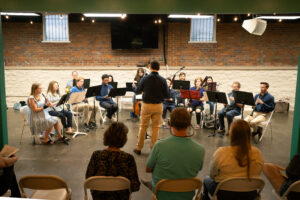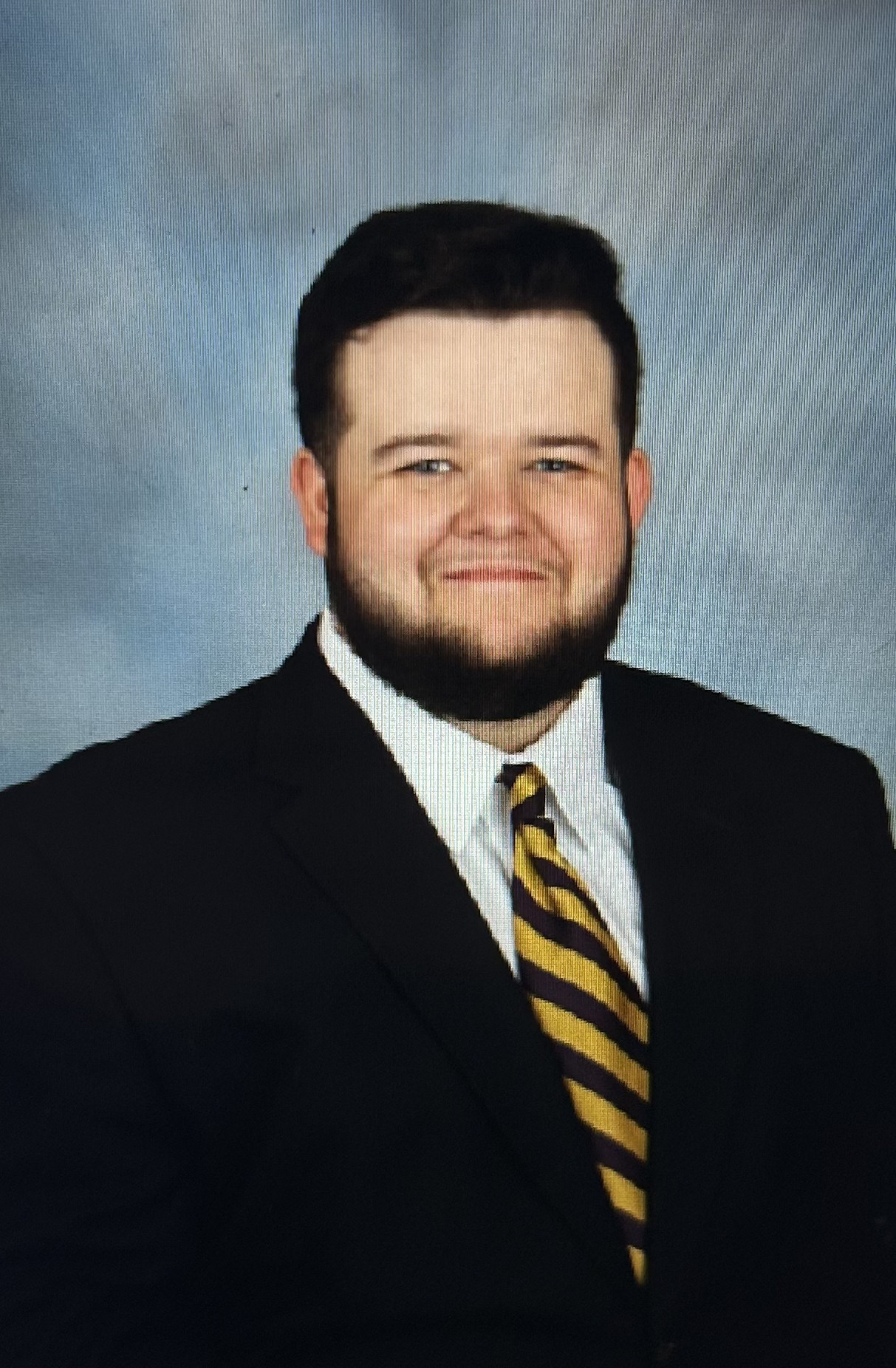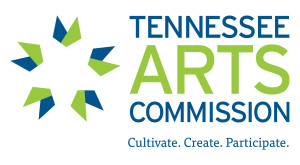The Blueprint Ensemble’s ‘Summer Winds’ at Asaph’s
The Blueprint Ensemble is a Nashville based chamber group that is dedicated to performing music from Tennessee composers and other historical music. This past week I was able to see them perform at Asaph’s Chamber in Music Row and was treated to fantastic performances of John Darnall’s Imprimis, Kurt Weill’s Frauentanz, and Mozart’s Gran Partita. The show began promptly after I arrived with a nice welcome from conductor Daniel Krenz and they jumped right into Imprimis.
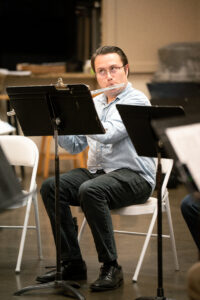
John Darnall wrote Imprimis with the intention of reflecting his own musical background by implementing extended harmonies, tones and syncopated rhythms more traditional to jazz but in a classical setting. The program notes included this statement from Darnall about the piece: “I was reaching for a mood of optimism, a sense of motion. One means of getting there was to put each instrument in its most playable range, to feature each instrument, and show them connecting and relating to each other. Mozart is known to have composed for this combination, though its popularity among writers first became well established in the early 19th century. Each instrument is recognizable by its unique tone, yet placed properly, each one blends well with the other four, in many combinations.” The piece is set in four movements and each movement becomes shorter as the piece progresses.
Written for a traditional wind quintet, Darnall strategically places the most complex parts of each movement at the beginning and then develops the ideas throughout each movement. The first movement is a great example of this as themes are developed by individual instruments in a solo-esque way. Many times in the piece it feels like a solo with their own personal quartet accompaniment. During the second movement it seemed the rhythmic intensity increased adding triplet-based rhythms. This was effective in maintaining momentum in the piece and kept me very interested in what was coming next. The third and fourth movements are the shortest and are restatements of major melodic themes as the piece comes to an end with another syncopated rhythm. This piece was very enjoyable and executed masterfully, a personal favorite moment was Charles Sanchez executing a hollow wind sound on his flute, creating one of the most interesting moments in the piece.
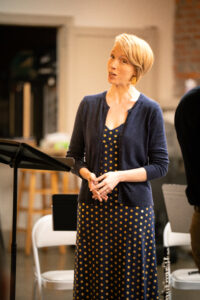
Following Imprimis we were treated to one of Kurt Weill’s earliest written lieder cycles, Frauentanz. Composed in 1923, Frauentanz is one of Well’s five chamber pieces he composed before he turned to the world of musical theater. Weill is most popular for his musical theater pieces, namely “Mack the Knife”. An interesting piece of information in the program notes said that he was admired by most of his colleagues but specifically disliked by Arnold Schoenberg and Anton Webern. Frauentanz is a musical setting of medieval poems with a subject on courtly love. Krenz stated at the concert that it’s unknown where these texts came from, in fact we haven’t found them all with the exact text he set. When and where these texts were written is also unknown.
The piece itself is rooted in the popular German Expressionism of the time. The vocalist was Soprano Rebekah Alexander and she was astonishing. Her vocal control was great and it really felt like if she sang full strength she would’ve blown the roof off of Asaph’s Chamber. I was shocked at how strong her vocals and vibrato remained even during much quieter sections of the piece. This piece was the most enjoyable of the three for me.
To end the performance the Blueprint Ensemble played one of Mozart’s most famous wind pieces, the Gran Partita. The group enlarged to play this piece with the addition of three horns, an added wind in each section, double bass and the loss of the flutist for the piece. Before beginning, Conductor Krenz commented on this piece’s use in the historical fiction film “Amadeus” as being a key point in Salieri’s development of hatred towards Mozart. The program notes include this quote that scriptwriter Peter Shaffer gave Salieri:
On the page it looked like nothing – the beginning simple. Almost comic. Just a pulse. Bassoons, basset horns, like a rusty squeezebox. And then suddenly – high above it – an oboe. A single note hanging there, unwavering. Until a clarinet took it over…. This was a music I’d never heard. It seemed to me that I was hearing the voice of God.”
Indeed, in Salieri’s recognition of Mozart’s genius and connection with the deity, Shaffer is here drawing from Pushkin’s Salieri and Mozart from 1830. Appropriately, the group executed this piece with excellence, the oboists (Amanda Rebstock and Kendall Roper) especially lived up to Salieri/Shaffer/Pushkin’s words and played beautifully. I was also impressed by bassist Maria Gramelspacher as it felt as if she had no breaks and was excellent the entire piece.
Overall the night was very relaxed and enjoyable. It almost felt like a small social party to listen to beautiful music with colleagues and friends. The group played tremendously, though it was obvious that the most amount of rehearsal time was spent on the Darnall piece (of course as he was in the audience). This, however, should not take away from the excellence that was executed during the Weill and Mozart. It’s very nice to see chamber music alive and well in Nashville and I am looking forward to the next opportunity to see the Blueprint Ensemble.
